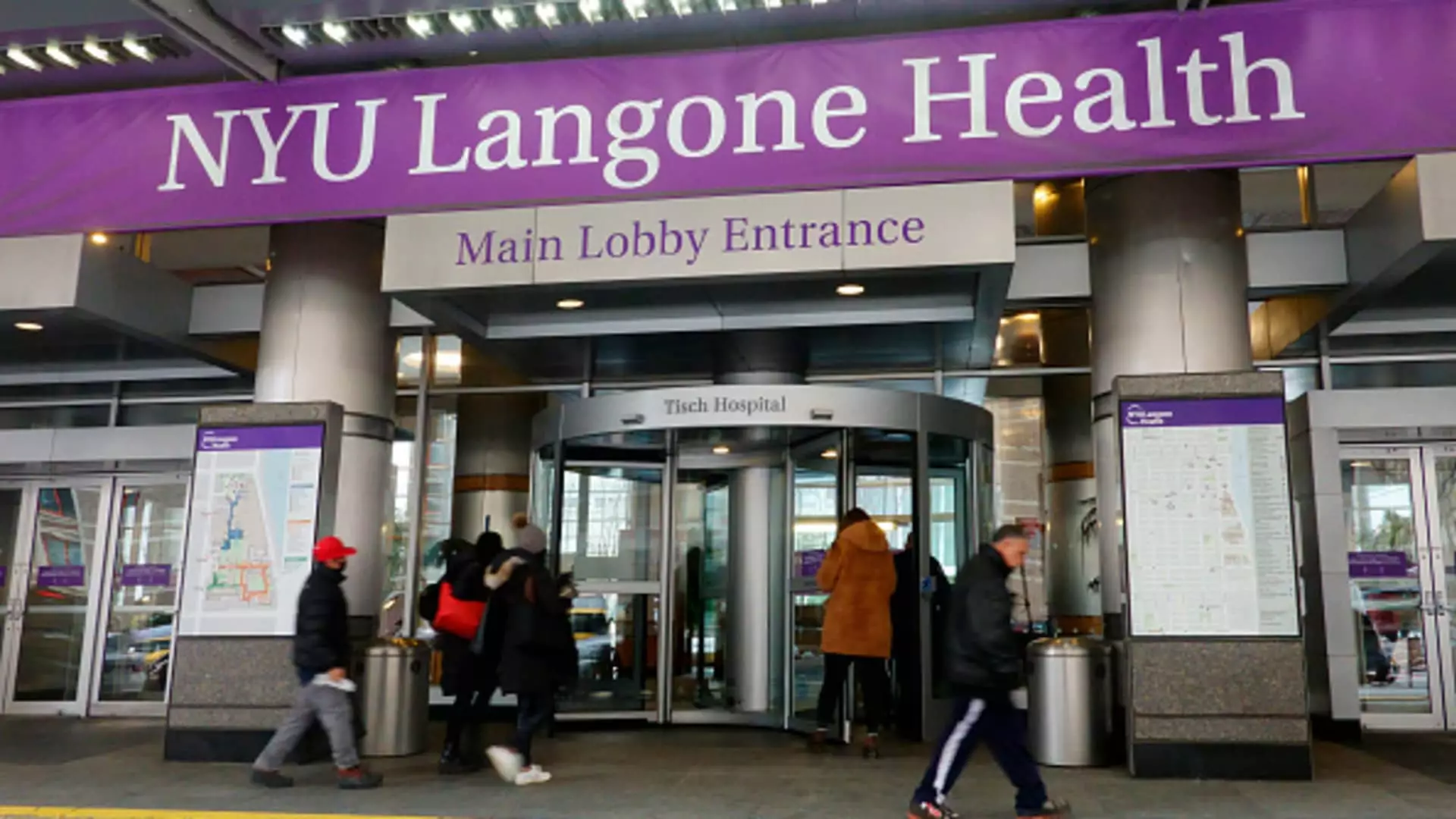In 2018, New York University’s Grossman School of Medicine made groundbreaking strides by introducing full-tuition scholarships for all its students, a move intended to democratize access to a demanding field. This progressive initiative was celebrated as a beacon of hope for aspiring doctors, liberating them from the crippling burdens of debt that typically accompany medical education. However, the transformative idea has come under scrutiny for its unintended consequences, particularly in the equity landscape of higher education.
While the nobility of tuition-free education aims to provide opportunities for the best candidates from varied backgrounds, recent statistics reveal the sobering truth: the share of incoming students from financially disadvantaged backgrounds dwindled dramatically from 12% in 2017 to a mere 3% in 2019. This decline speaks volumes about the inequities intertwined with seemingly benevolent policies. It’s worth questioning whether these reforms genuinely promote inclusivity, or if they inadvertently solidify barriers for those they are meant to uplift.
The Competitive Admission Process: A Barrier in Disguise
As Jamie Beaton, co-founder of Crimson Education, aptly remarks, the influx of applications following the introduction of tuition-free programs has escalated the competitive nature of college admissions, tipping the scales in favor of middle and upper-income students. The meritocratic ethos of college admissions, which many laud as a level playing field, becomes distorted when financial resources — such as tutoring and extracurricular enhancements that typically accompany wealth — come into play. Thus, the very students these initiatives aimed to support may find themselves at a disadvantage, trapped in an environment characterized by heightened competition that they simply cannot afford to navigate.
This raises pertinent questions: Who truly stands to benefit from a tuition-free model if the hurdles to entry only shift? Those who already possess the means to access support networks will likely seize the opportunity more successfully, while lower-income candidates remain sidelined. The reform, instead of creating an enlightened academic landscape, can reinforce socio-economic divides, effectively thwarting social mobility that is critical for a truly egalitarian system.
The Misguided Perception of Affordability
Proponents of no-loan policies argue that removing financial barriers should empower low-income students. However, Christopher Rim of Command Education critiques the underlying assumption that the middle class is not equally poised to capitalize on these opportunities. As universities engage in an “affordability arms race,” the narrative that financial aid packages favor lower-income individuals oversimplifies a complex issue. The notion that middle-class and wealthier students will not benefit from such policies is erroneous. They inevitably gain leverage in admissions, competing not just academically but also through enhanced resources for personal development and application.
Moreover, while it’s heartening to see prestigious institutions like Harvard adopting tuition-free education for families earning up to $200,000, the paradigm shift raises concerns. With families of higher income levels potentially edging out low-income students, the intended benefits of these policies may curtail representation from lower socio-economic backgrounds. This newfound privilege for higher-income students may merely replicate existing cycles of advantage, shifting the demographic landscape without genuinely addressing inequalities.
The Bigger Picture: The Cost of Education
The looming specter of rising tuition continues to plague American families. The staggering increases in college costs have long outpaced inflation — a trend that is neither sustainable nor justifiable. For the academic year of 2024-2025, the average cost of attending a private four-year institution leaped to approximately $58,600, further straining family budgets. Thus, even with initiatives aimed at alleviating tuition stress, many institutions remain reliant on tuition-driven models for funding their operations, thereby perpetuating an environment of inaccessibility.
Educational leaders often echo the sentiment that scholarships and financial aid can alleviate the cost obstacle. Yet, if the system fundamentally rewards those who are already economically advantaged, the narrative becomes increasingly murky. The accessible generosity of a few elite institutions only skims the surface of a systemic issue entrenched in the socio-economic fabric of our educational landscape.
Ultimately, while the allure of free tuition gives hope for a reformed academic landscape, it’s imperative to confront the uncomfortable truths that linger beneath the surface. Until these inequities are addressed, the aspiration for accessible, quality education for all remains an elusive goal — one that requires not only action but a complete reevaluation of what truly constitutes fairness in education.


Leave a Reply